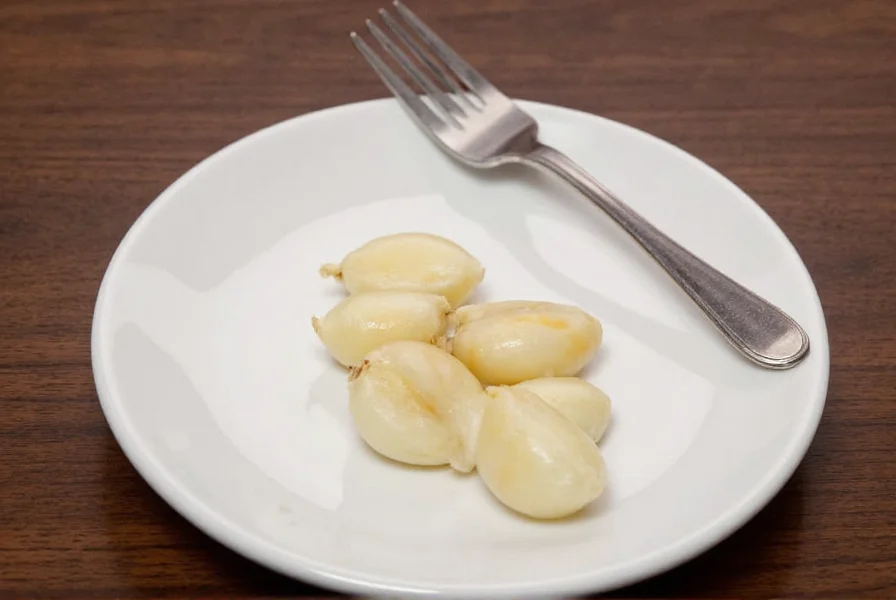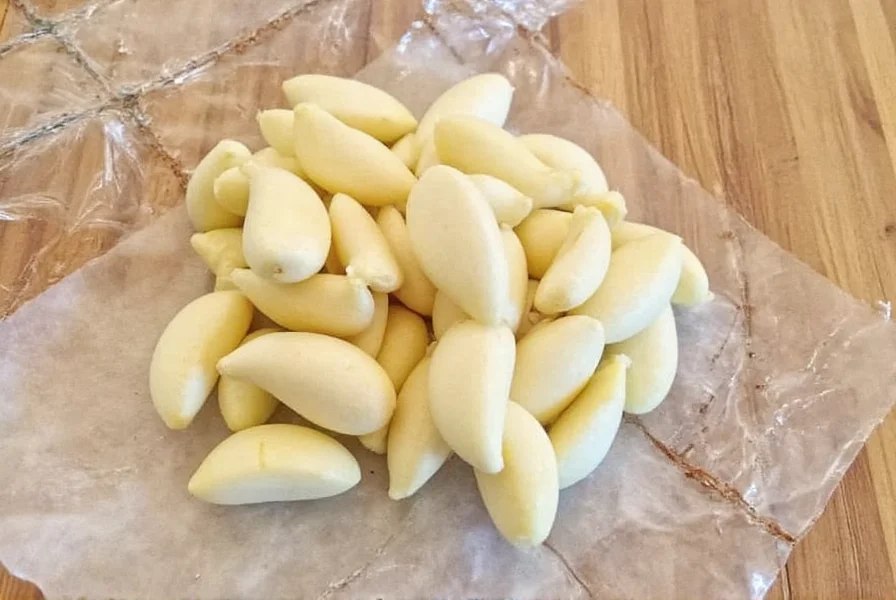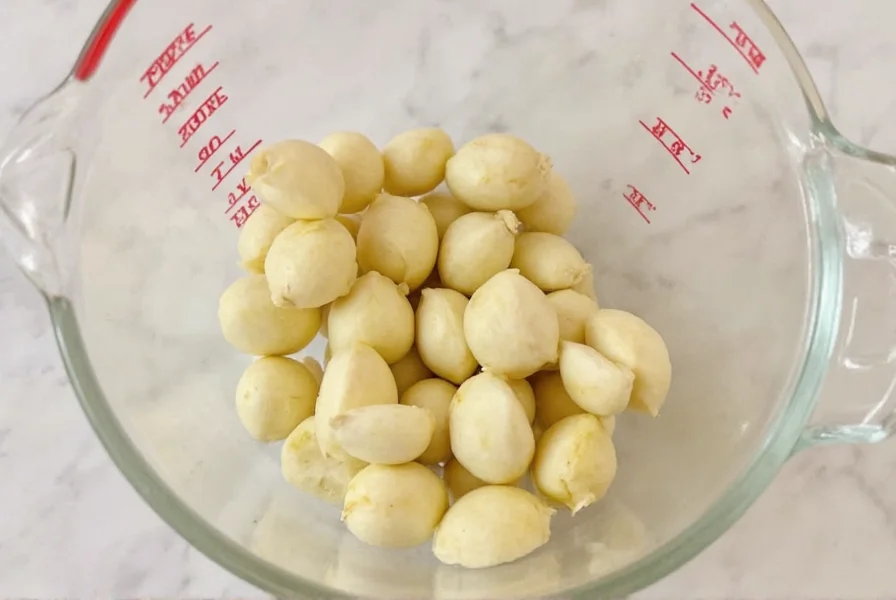When a recipe calls for 2 cloves of garlic, knowing the exact measurement prevents overpowering your dish. Fresh garlic cloves vary in size, but standard medium cloves provide consistent results for most culinary applications. This guide explains everything you need to know about measuring, substituting, and using two garlic cloves effectively in your cooking.
Understanding Garlic Clove Measurements
Garlic measurements can be confusing since cloves differ in size. A single medium garlic clove typically measures:
| Measurement Type | 1 Clove Equivalent | 2 Cloves Equivalent |
|---|---|---|
| Chopped garlic | 1 teaspoon | 2 teaspoons |
| Minced garlic | 1/2 teaspoon | 1 teaspoon |
| Garlic paste | 1/4 teaspoon | 1/2 teaspoon |
| Weight | 2.5-3 grams | 5-6 grams |
| Calories | 4-5 | 8-10 |
How to Prepare Two Garlic Cloves Properly
Proper preparation affects both flavor and measurement. For 2 cloves of garlic measurement accuracy, follow these steps:
- Separate cloves from the bulb
- Place clove flat-side down on cutting board
- Smash with palm of hand or flat knife edge
- Peel away skin
- Remove green sprout if present (reduces bitterness)
- Chop or mince according to recipe requirements
The difference between chopped and minced matters significantly. Chopped garlic releases flavor more gradually during cooking, while minced garlic distributes flavor more intensely throughout your dish. When a recipe specifies "2 cloves garlic minced," you'll get approximately 1 teaspoon of finished product.

Substituting Two Garlic Cloves
Running out of fresh garlic? These substitutions work for how much is 2 cloves of garlic in alternative forms:
- Garlic powder: 1/8 teaspoon (use sparingly as it's more concentrated)
- Garlic salt: 1/4 teaspoon (reduce additional salt in recipe)
- Bottled minced garlic: 3/4 teaspoon (check for added preservatives)
- Garlic paste: 1/2 teaspoon
- Granulated garlic: 1/4 teaspoon
Remember that substituting 2 cloves of garlic with dried alternatives requires adjustment since fresh garlic offers brighter, more complex flavor. Dried forms provide convenience but lack the aromatic compounds that develop when fresh garlic is cut or crushed.
Practical Applications for Two Garlic Cloves
Two medium garlic cloves work perfectly in:
- Single-serving pasta dishes
- Small batch salad dressings
- Individual portion sauces
- Marinades for 1-2 chicken breasts
- Side dish portions for 2-3 people
Chefs often recommend how to use 2 cloves of garlic in cooking depends on the dish's intensity. For subtle flavor, add whole crushed cloves early in cooking. For pronounced garlic flavor, mince finely and add later in the cooking process. Roasting two cloves whole creates a sweet, mellow flavor perfect for spreads or mixing into mashed potatoes.

Storage Tips for Unused Garlic
If you've used two cloves from a bulb, properly store the remainder:
- Keep unpeeled bulbs in a cool, dark place with good air circulation
- Store peeled cloves in olive oil in the refrigerator for up to 1 week
- Freeze minced garlic in ice cube trays for longer storage
- Avoid refrigerating whole unpeeled bulbs (causes sprouting)
Understanding what does 2 cloves of garlic look like helps prevent waste. A standard grocery store bulb contains 10-12 cloves, so using two represents approximately 1/6 of a typical bulb. This knowledge helps with meal planning and reduces food waste.
Frequently Asked Questions
How much minced garlic equals 2 cloves?
Two medium garlic cloves yield approximately 1 teaspoon of minced garlic. This measurement assumes standard-sized cloves without excessive trimming. Larger cloves may produce up to 1 1/4 teaspoons, while smaller cloves might yield closer to 3/4 teaspoon.
Can I substitute garlic powder for 2 cloves of fresh garlic?
Yes, 1/8 teaspoon of garlic powder equals approximately 2 fresh garlic cloves. Remember that garlic powder has a more concentrated flavor and lacks the fresh aroma compounds, so add it earlier in the cooking process to allow flavors to develop properly.
How many tablespoons is 2 cloves of garlic?
Two cloves of garlic equals approximately 2/3 tablespoon when chopped (about 2 teaspoons) or 1/3 tablespoon when finely minced (1 teaspoon). The exact measurement varies slightly based on clove size and chopping technique.
What does 2 cloves of garlic look like for measurement purposes?
Two medium garlic cloves are typically about the size of your thumb tip each. When peeled and whole, they should fit comfortably in the palm of your hand. For visual reference, two standard cloves fill approximately one teaspoon when minced or two teaspoons when roughly chopped.
How much is 2 cloves of garlic in grams?
Two medium garlic cloves weigh approximately 5-6 grams. This measurement helps when precision matters, such as in baking or when following nutritional guidelines. Larger cloves may reach 7 grams, while smaller ones might be closer to 4 grams.











 浙公网安备
33010002000092号
浙公网安备
33010002000092号 浙B2-20120091-4
浙B2-20120091-4